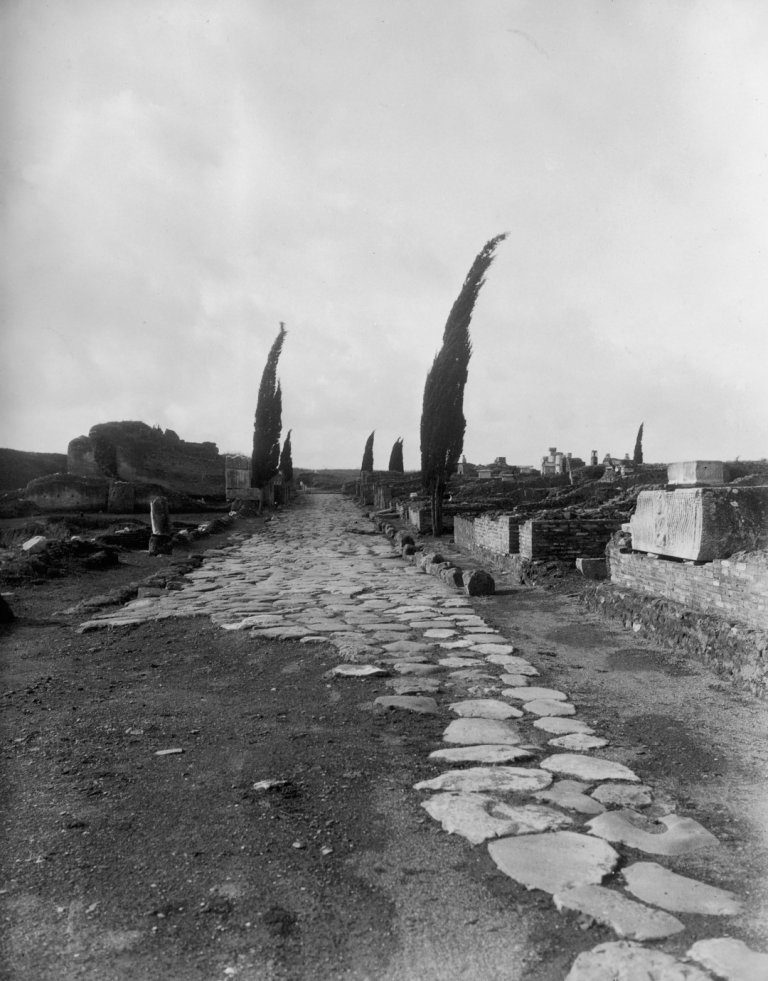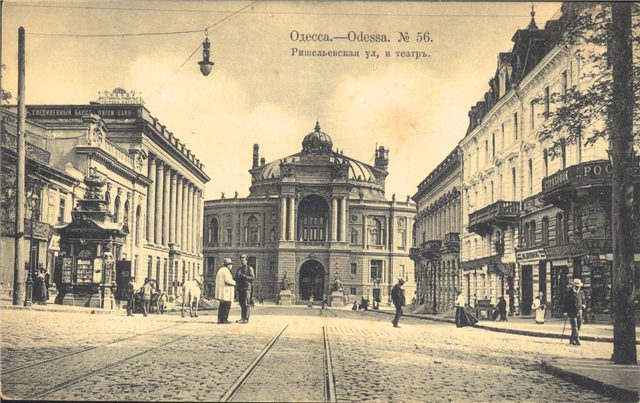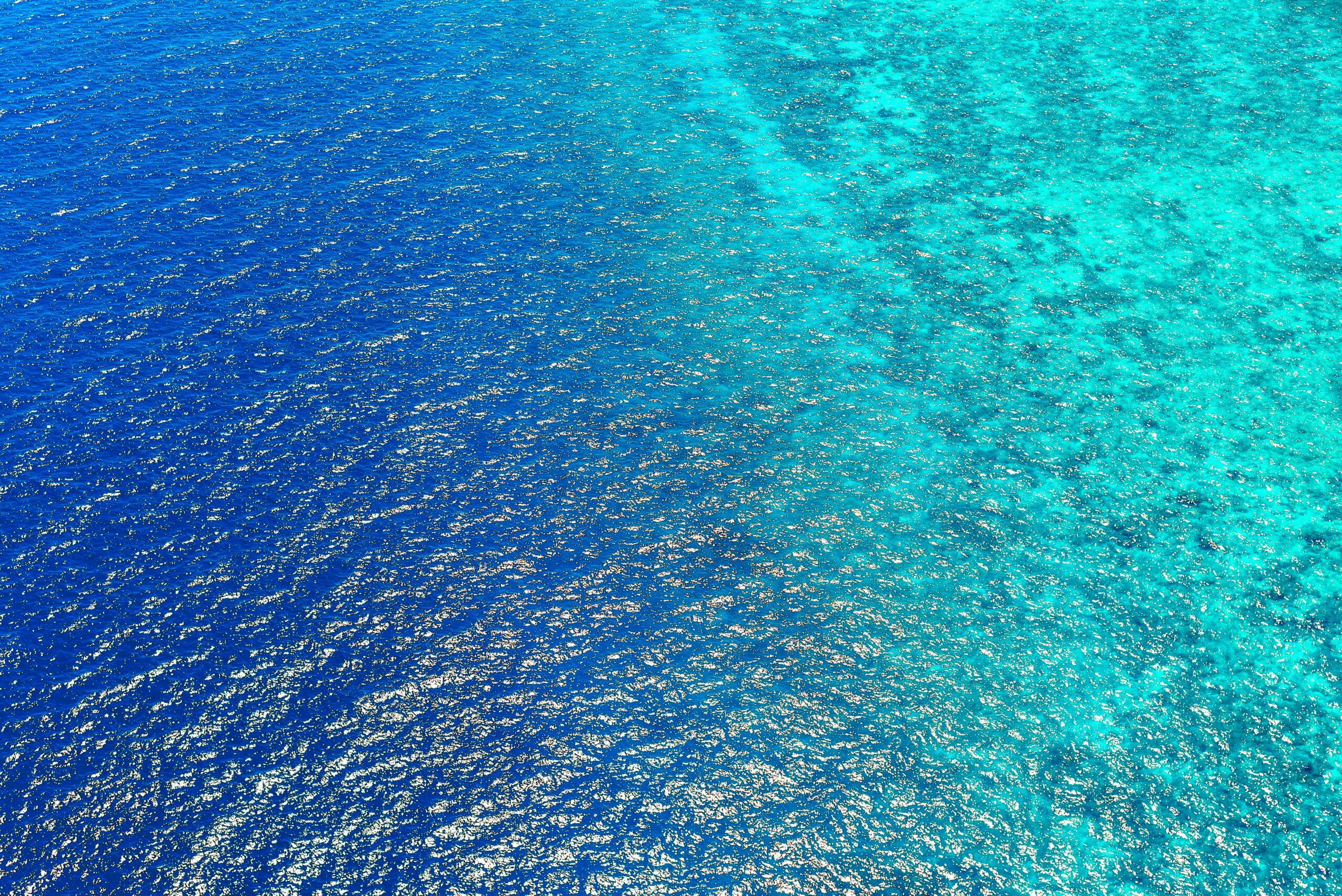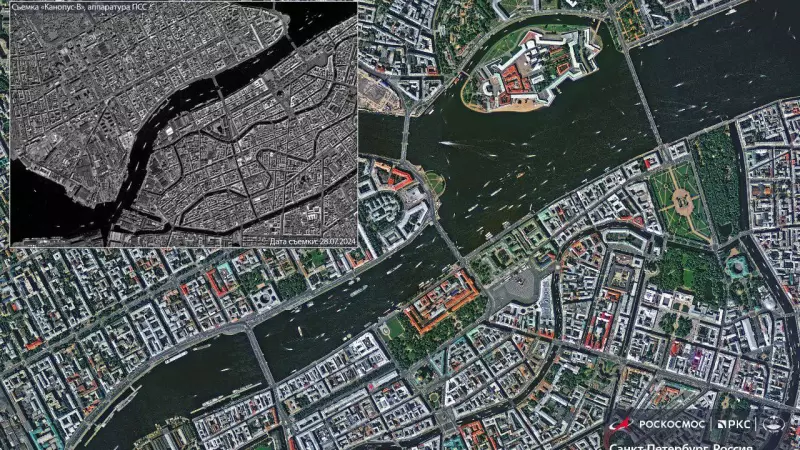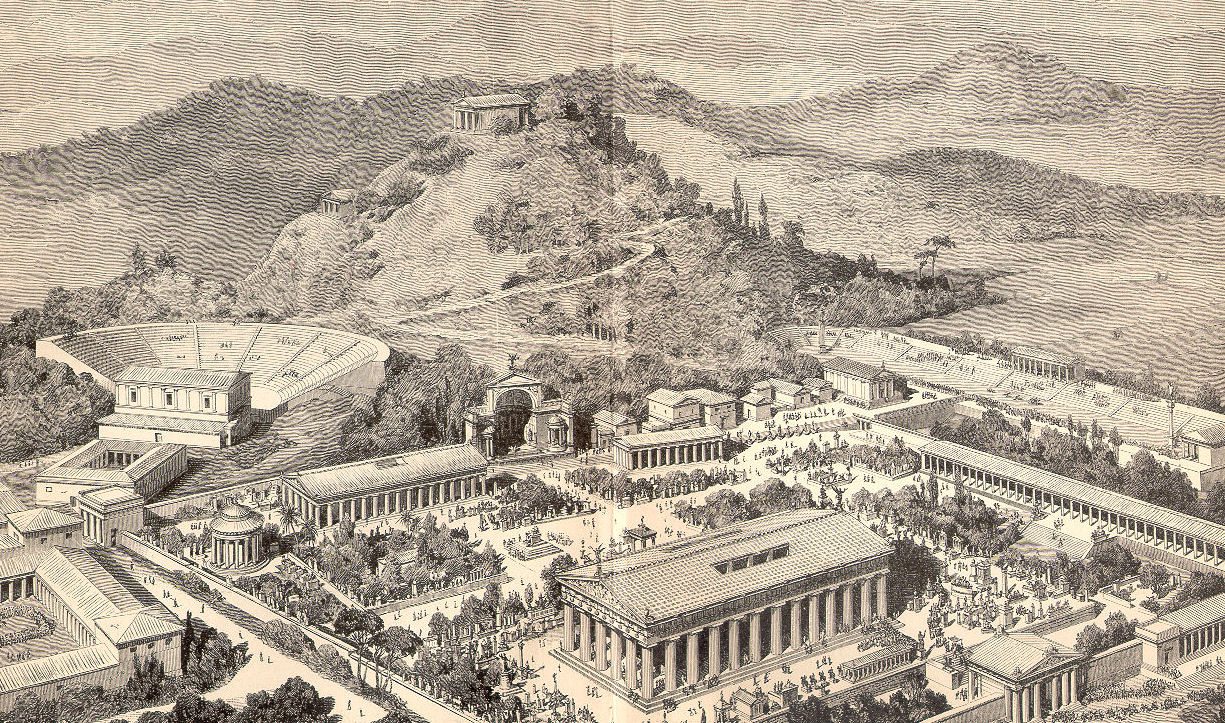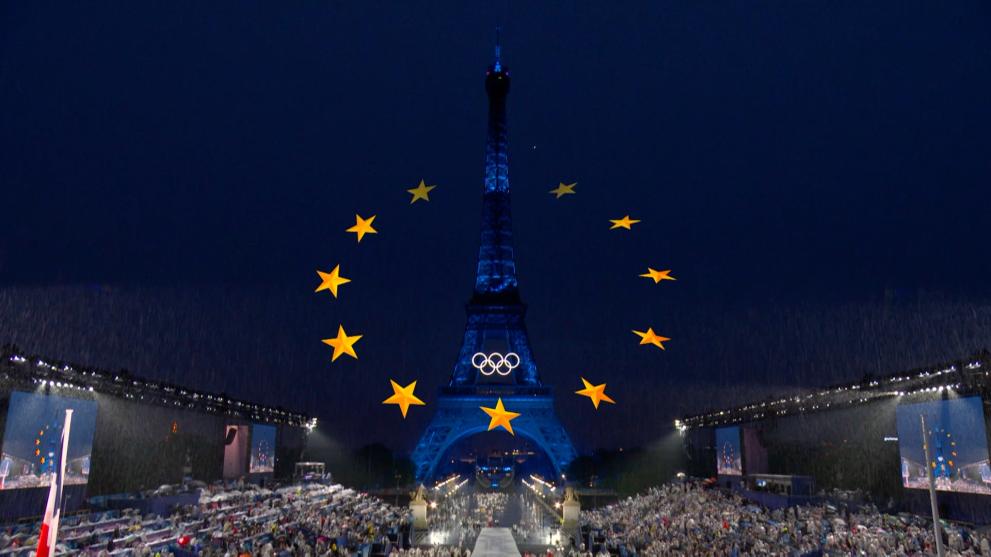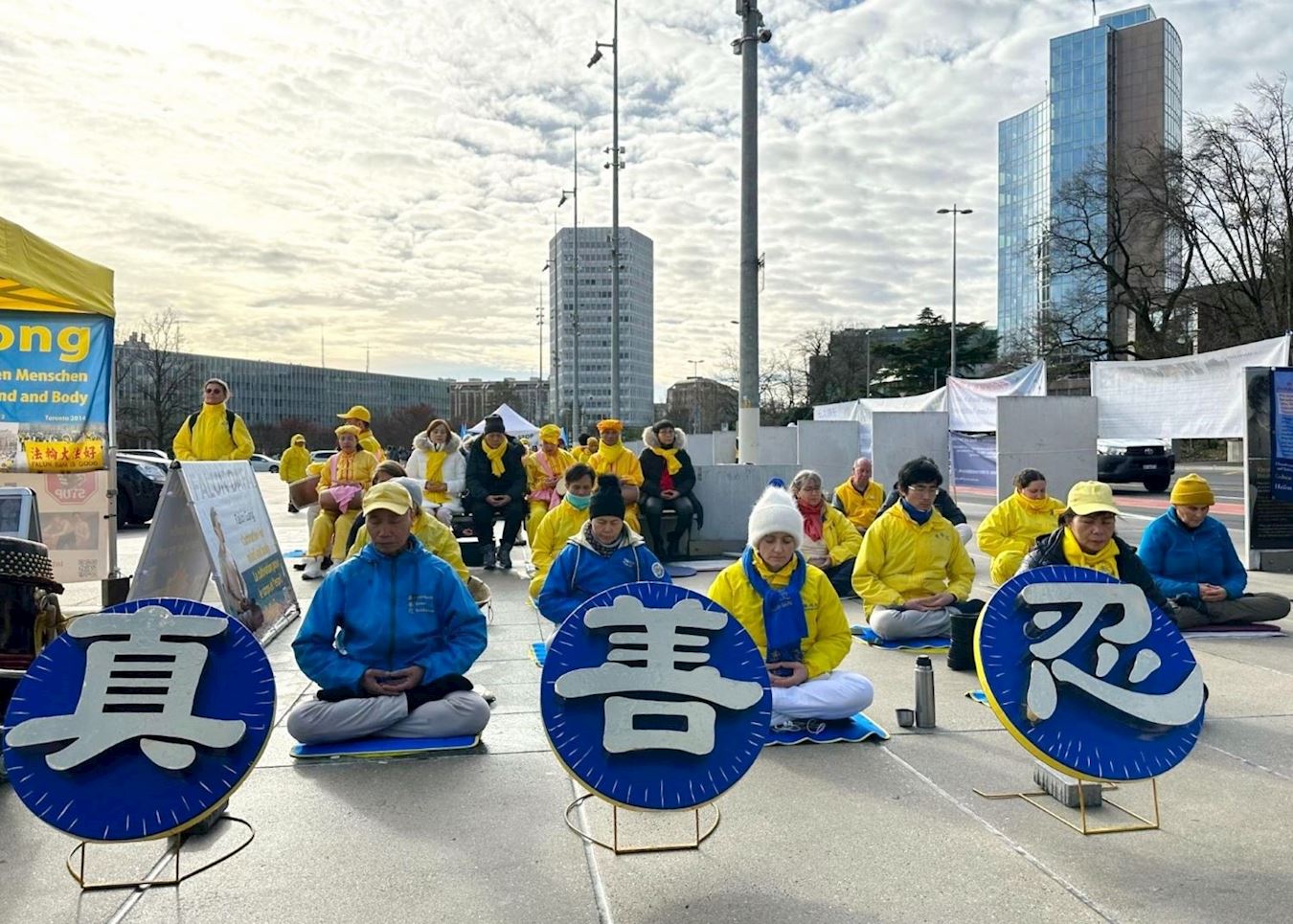Yet, as the rival militaries continue fighting, the country’s plight has been overlooked by much of the international community.
“As global leaders focus elsewhere, it is not receiving the necessary attention and support to avert a nightmare scenario for the people of Sudan. The world cannot claim it doesn’t know how bad the situation is in Sudan or that urgent action is needed,” said Mr. Dunford.
Urgent expansion
The World Food Programme (WFP) has announced it will urgently expand efforts to provide life-saving food and nutrition assistance. Currently, 18 million people are acutely food insecure in Sudan, a figure which has nearly tripled since 2019. Nearly five million are suffering emergency levels of hunger.
“Sudan is in the grip of widespread hunger and malnutrition. WFP continues to expand its food and nutrition assistance to reach millions more people who are living through the daily horrors of war,” said Mr. Dunford.
The WFP will scale up assistance to an additional five million people by the end of this year, doubling the number the agency planned to support at the start of 2024.
As part of the assistance, they will also provide support in cash to 1.2 million people in 12 states, giving a boost to local markets. Additionally, the agency is working directly with smallholder farmers, many displaced by conflict, to boost wheat production.
However, the ongoing violence in Sudan makes it exceedingly difficult to access those most in need. Around 90 per cent of those living in emergency conditions are in areas where access is extremely limited due to heavy fighting.
WFP is working around the clock to expand access across frontlines and other hard-to-reach areas.
“The situation is already catastrophic and has the potential to worsen further unless support reaches all those affected by conflict,” Mr. Dunford said.
Massacre in Aj Jazirah State
The reported massacre in the village of Wad Al-Noura in Aj Jazirah State on Wednesday illustrates the horrors of the intensifying conflict.
“Even by the tragic standards of Sudan’s conflict, the images emerging from Wad Al-Noura are heart-breaking,” said Clementine Nkweta-Salami, the Resident and Humanitarian Coordinator for Sudan.
There were reports of heavy gunfire and the use of explosive weapons in highly populated civilian areas, resulting in a high number of casualties. Ms. Nkweta-Salami calls for a thorough investigation and for the perpetrators of the massacre to be held responsible.
“Human tragedy has become a hallmark of life in Sudan. We cannot allow impunity to become another one,” she said.
At least 55 children dead or injured
The violent attacks reportedly left at least 55 children dead and injured.
“I am horrified by the reports that at least 35 children were killed and more than 20 children were injured during the attack yesterday on the village of Wad al Noura, in Sudan’s al-Jazira state,” said UNICEF Executive Director Ms. Catherine Russell.
She described it as “yet another grim reminder of how the children of Sudan are paying the price for the brutal violence“.
Thousands of children have been killed, injured, recruited, abducted, and subjected to rape and other grave acts of sexual violence over the past year. Over five million children have been forced to flee their homes.
Ms. Russell called for “an immediate cessation of hostilities, ensuring the protection of children from harm.”
Nearly 10 million displaced
The International Organization for Migration (IOM) meanwhile, is warning that the number of people displaced by conflict inside Sudan could top 10 million in the coming days.
This includes 2.8 million men, women and children displaced prior to the start of this phase of the conflict which erupted between rival generals in April last year.
More than half of all internally displaced people are women and girls, and over a quarter of those displaced are children under five.




